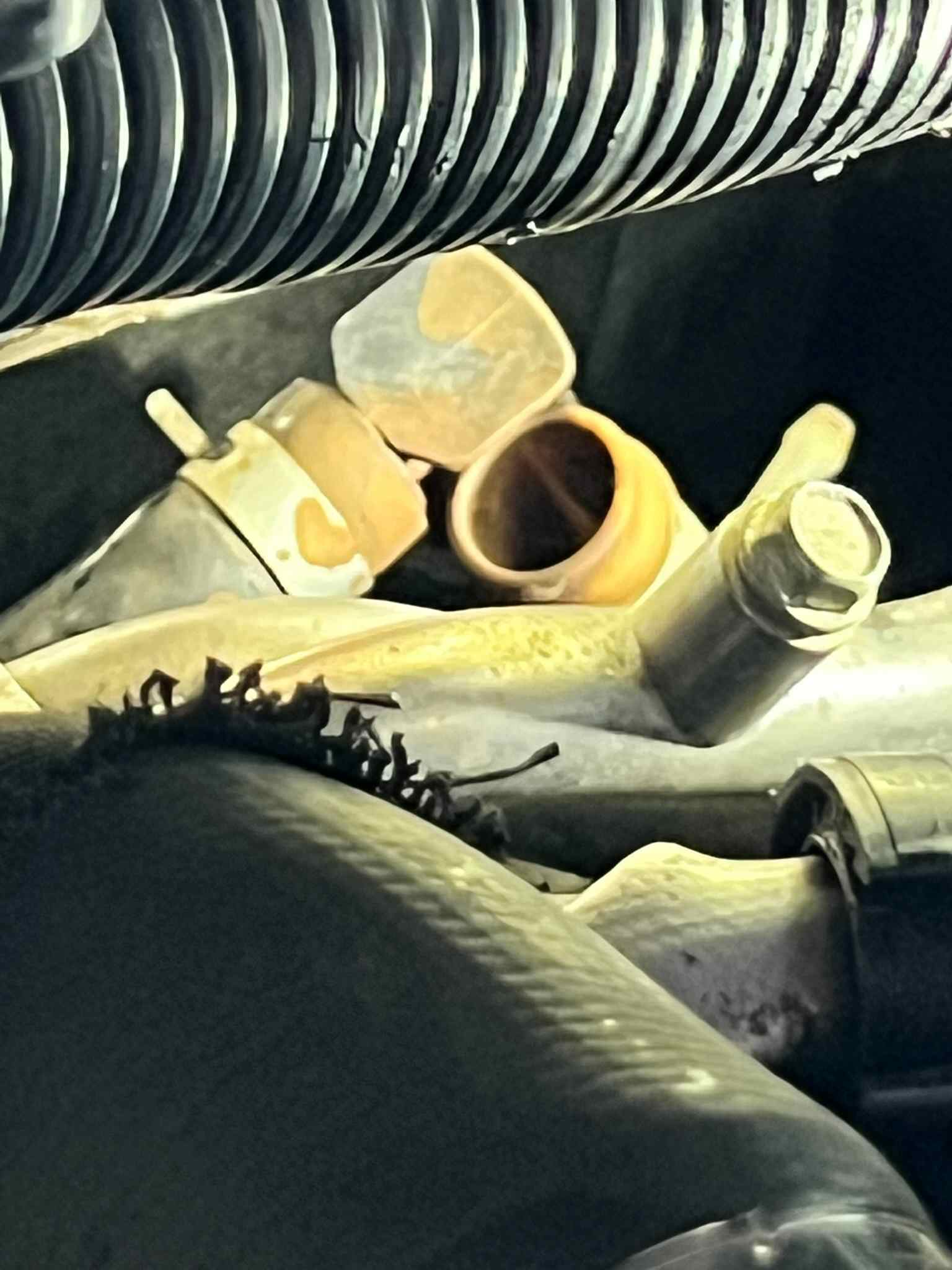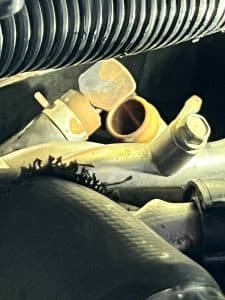Turbo Actuator Faults – What’s Really Causing Boost Loss?

Turbo Actuator Faults – What’s Really Causing Boost Loss?
Turbo Actuator Faults – lets check the real reson of what can go wrong.
Losing Boost? The Turbo Might Not Be the Real Villain
If your Ute or 4WD feels down on power, struggling to tow, or suddenly hits limp mode under load — chances are the turbo gets the blame. But here’s the catch: it’s not always the turbocharger itself. One of the most common (and fixable) causes of low boost is the turbo actuator. And if that little component isn’t working as it should, the whole system falls over.
At Brisbane Tuning & Turbo, we see this every week — misdiagnosed “turbo failures” that are actually just actuator problems.
Let’s break it down.
What Does a Turbo Actuator Actually Do?
A turbo actuator controls how much boost your engine gets. It opens and closes the vanes or wastegate to regulate exhaust flow through the turbo. If it’s stuck, lazy, or disconnected, you’ll see power loss, overboost, limp mode, or strange fluctuations on the gauge.
There are two main types:
Pneumatic actuators — older style, use vacuum or boost pressure, many vehicles have them.
Electronic actuators — modern, use stepper motors and position sensors (think: Amarok, NP300, CX-5, Ranger BiTurbo).
Both can fail. The symptoms just look a little different.

Blocked Vacuum Lines
Turbo Actuator Faults: Real-World Examples from Our Workshop
1. VW Amarok 2.0 BiTDI – Faulty Turbo Actuator, Not a Blown Turbo
We had one in recently — a customer complaining of low boost and jerky acceleration. Scan revealed no turbo DTCs, but live data showed erratic actuator movement. We bench-tested the actuator and found the motor wasn’t tracking properly. New actuator installed, zero tuning needed. Full power restored.
Saving: ~$3,000 on an unnecessary turbo replacement.
2. Mazda CX-5 Twin Turbo – Vane Position Error = Limp Mode
This twin-turbo diesel uses an electric actuator on the primary turbo. The customer came in saying their car was “gutless after 60 km/h.” Codes pointed to turbo control deviation. Scope showed lag in vane control. Replaced the actuator only — no turbo work needed.
Result: Back on boost with a $500 fix, not a $5,000 repair.
3. Navara NP300 (YD25) – Vac Hose Split, Not Turbo Damage
Old-school pneumatic setup. The vehicle threw P2263 (Turbo Boost Pressure Not Detected). The turbo was fine. A split hose to the actuator meant the wastegate stayed open. Replacing one $8 hose fixed it. Another workshop had quoted the customer a full turbo replacement.
Outcome: Trust regained. The customer booked a tune a week later.
Common Symptoms of Turbo Actuator Failure
Whether you’re in a Ranger or a Prado, actuator issues often look like:
Boost spike on throttle, then limp mode
Intermittent power loss
Jerky gear changes (caused by poor boost control)
P0046, P2563, P2263, or “Turbo Underboost” codes
Black smoke under load
No movement on the actuator when the engine starts (electronic)
Vacuum lines are brittle or disconnected (pneumatic)
Why a Scan + Dyno Test Saves You Money
The problem with turbo diagnostics? You can’t always see the fault. Visual checks miss actuator problems. That’s why our Scan + Dyno Quote includes live boost tracking, actuator movement testing, and vacuum/command signal checks.
We charge $145 to diagnose it properly — with the same gear we use on performance builds.
Avoid Misdiagnosis: The Smart Fix for Boost Loss
You don’t need to gamble thousands on a new turbo just because the boost is down. At Brisbane Tuning & Turbo, we know the real failure points and test before replacing. If it’s the actuator, we’ll tell you. If it’s not, we’ll prove it.
That’s what the $145 Scan + Quote is for.
Final Thoughts: Don’t Let a $190 Part Wreck Your Week
Turbo actuator faults are sneaky. They hide behind power loss, limp mode, or error codes. But they’re often cheap, fast, and easy to fix — if you know where to look.
Book a scan today. Save yourself a turbo.
Call Brisbane Tuning & Turbo 0732767969
Feeling Boost Loss or Limp Mode?
Book Your Turbo Scan + Quote for $145 Today